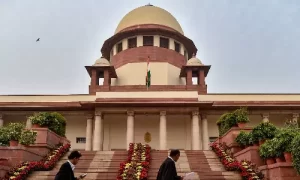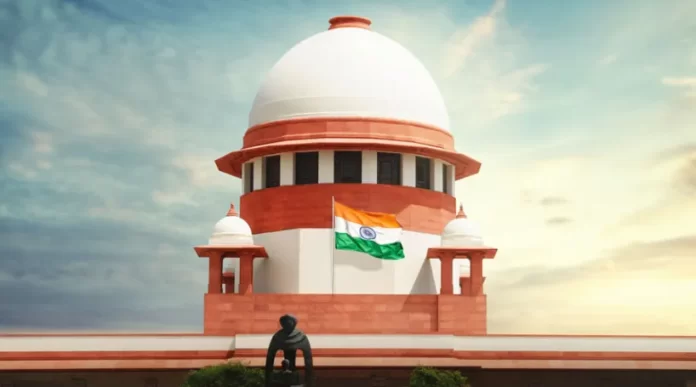States may create subcategories in SC and ST for quota purposes, according to the Supreme Court: Before the Supreme Court, the federal government had argued in favor of Scheduled Tribe and Scheduled Caste subclassifications.
On Thursday, the Supreme Court declared that it is legal to subclassify people under the Scheduled Tribes (ST) and Scheduled Castes (SC). This ruling overturns the 2004 ruling in EV Chinnaiah v. State of Andhra Pradesh, in which a five-judge panel ruled that subclassification was prohibited on the grounds that SC/STs constitute homogenous classes.

Paris 2024: Sports Ministry’s Investment in Indian Athletes
The’most expensive’ ticket in sports history for the Wimbledon final.
A seven-judge constitution bench headed by Chief Justice D Y Chandrachud held by a 6:1 majority that the further sub-classification of SCs and STs by states can be permitted to ensure the grant of quota to more backward castes inside these groups.
Judges BR Gavai, Vikram Nath, Bela M. Trivedi, Pankaj Mithal, Manoj Misra, and Satish Chandra Sharma comprised the bench, and they rendered six different rulings.
According to this argument, the State would have the right to give the most disadvantaged groups within the scheduled castes special treatment because of the values of social equality.
The constitutionality of Section 4(5) of the Punjab Act, which determines whether Scheduled Castes and Tribes can be subdivided or should be recognized as a single homogenous group, was under review by the Supreme Court.
The supreme court discussed whether children of better-off SC/ST communities should still be able to use their reservations during the hearings on the subject. The idea of uniformity within these groupings was another topic the court looked at.
According to the Union administration, it was in favor of the SC and ST subclassifications.
Whether or not to grant more reservation to the most vulnerable residents of these communities was a major point of contention, especially in cases where the advantages of reservation have not sufficiently trickled down to the most disadvantaged. The court observed discrepancies in which the weakest members of SC/ST communities have been marginalized while economically sound groups have mostly benefited from reservations.
The majority ruling stated that “quantifiable and demonstrable data by the states, which cannot act on its whims” must be used to support the subclassification foundation.
For both Justice Misra and himself, the CJI wrote. Justice Trivedi dissenting in writing were four judges’ concurring opinions.
































